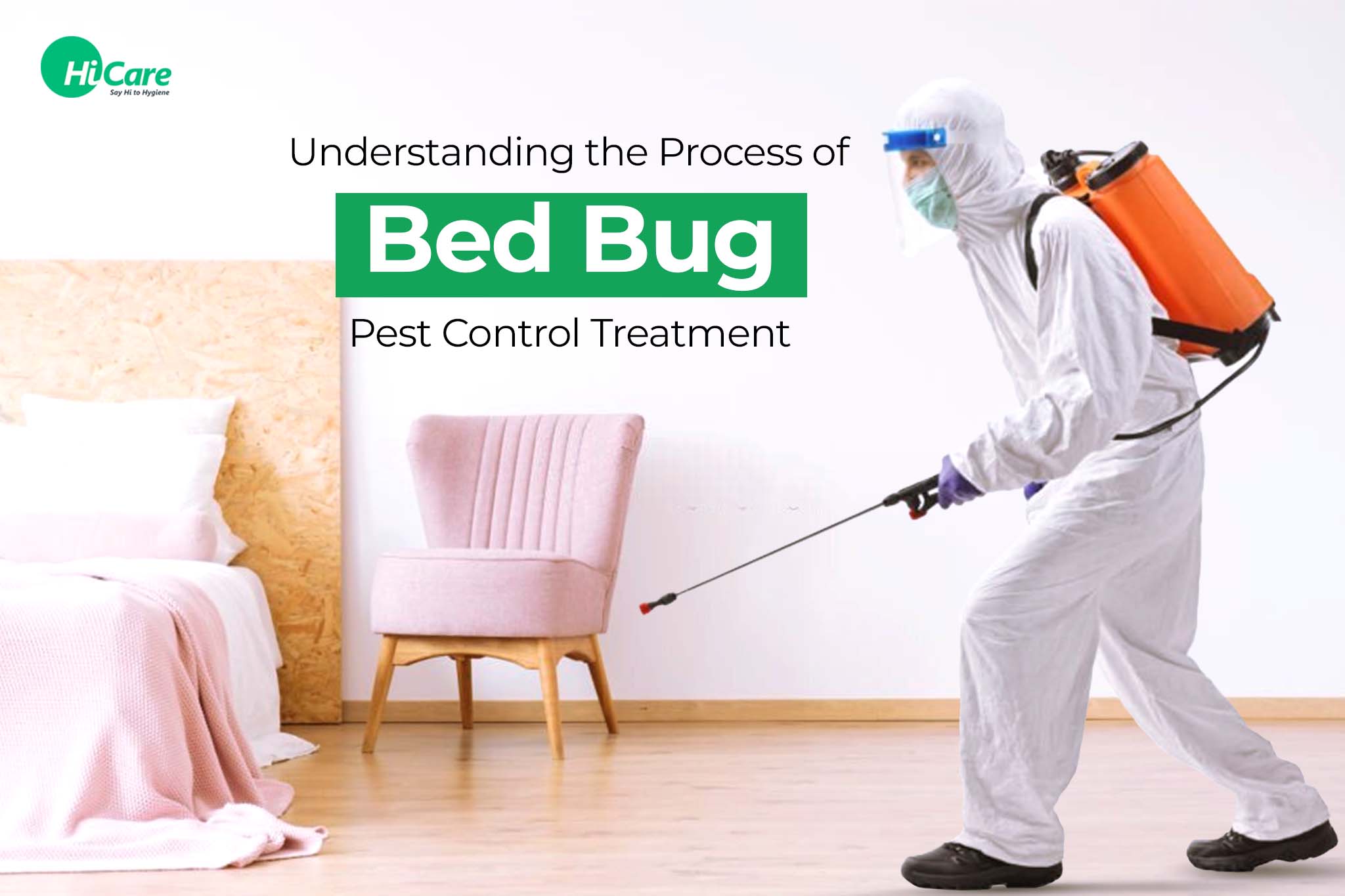A1 Bed Bug Exterminator Houston: Quick Removal Solutions
A1 Bed Bug Exterminator Houston: Quick Removal Solutions
Blog Article
Recognizing the Lifecycle of Pests for Targeted Control Methods
Understanding the lifecycle of pests is a basic element of effective insect monitoring techniques. With a deeper understanding of exactly how pests flourish and develop, tailored control approaches can be designed to resolve details points in their lifecycle, ultimately leading to even more successful bug management end results.
Importance of Comprehending Parasite Lifecycle
Understanding the lifecycle of bugs is crucial for developing reliable and targeted control techniques in pest administration. By understanding the various phases a pest undergoes from egg to adult, parasite control experts can identify at risk points in the lifecycle where intervention can be most effective. Knowing when larvae are most energetic can assist figure out the optimal timing for using larvicides. Furthermore, recognizing the life expectancy of a bug types can assist in anticipating populace growth patterns and prospective infestation threats.
In addition, recognizing the certain ecological conditions essential for each and every phase of the parasite's lifecycle can lead choices on habitat adjustment or exemption methods to interfere with the lifecycle and reduce bug populaces. This knowledge enables pest management specialists to carry out positive steps instead of depending solely on responsive treatments, causing even more lasting and long-lasting bug control options. Inevitably, a thorough understanding of bug lifecycles equips parasite control specialists to tailor their methods effectively, minimizing ecological impacts and taking full advantage of control end results.
Key Phases in Pest Growth
To effectively apply targeted control approaches in parasite management, a crucial facet depends on adequately determining and recognizing the key stages in pest advancement. Insect growth generally consists of a number of key stages that are vital for their lifecycle and monitoring. The initial stage is the egg phase, where pests lay eggs that later on hatch right into larvae. Larvae then advance into pupae, a stage where they go through metamorphosis before becoming adult bugs. Understanding these phases is crucial as it helps in pinpointing susceptible factors in the lifecycle where control measures can be most efficient.

Susceptabilities in Bug Lifecycle
Throughout the different phases of a pest's lifecycle, unique susceptabilities emerge that can be tactically targeted for reliable control measures (A1 bed bug extermination houston). One vital susceptability exists in the egg stage, where insects are usually more prone to particular insecticides or biological control agents due to their soft external covering, making them easier targets for intervention. Comprehending these susceptabilities in the bug lifecycle is essential for creating effective and exact control approaches that effectively manage bug populaces while decreasing ecological impact.
Implementing Targeted Control Steps

Carrying out targeted control measures usually entails a multi-faceted method. This might consist of habitat modification to make the atmosphere much less hospitable to insects, such as getting rid of standing water for insect control or sealing entrance factors for rats. In addition, biological control techniques can be used, where all-natural killers or pathogens are introduced to keep bug populaces in check.
Integrated Pest Management (IPM) approaches that integrate different control measures in a coordinated and lasting way are frequently the most effective in attaining long-lasting insect management objectives. By executing targeted control measures based on a thorough understanding of parasite lifecycles, bug populations can be properly managed while minimizing threats to human health and wellness and the environment.
Boosted Insect Management Practices

In addition, the consolidation of biological control representatives, such as natural killers or pathogens of bugs, can help minimize reliance on chemical pesticides and advertise a more well balanced ecosystem. Carrying out physical barriers and traps can additionally belong to boosted insect monitoring practices, using non-toxic and targeted options for parasite control. Furthermore, using pheromones and various other semiochemicals can interfere with pest mating patterns and interaction, leading to decreased parasite populations gradually.
Verdict
By determining essential stages in parasite development and vulnerabilities in their lifecycle, targeted control procedures can be carried out to decrease parasite populaces. Boosted pest management practices can help reduce the reliance on broad-spectrum pesticides and promote even more eco pleasant and lasting bug control techniques.
Comprehending the lifecycle of insects is vital for establishing efficient and targeted control techniques in pest management. By understanding the numerous phases a bug goes with from egg to adult, pest control specialists can A1 bed bug removal houston recognize prone points in the lifecycle where intervention can be most effective. Eventually, a complete understanding of bug lifecycles equips parasite control experts to customize their techniques effectively, minimizing ecological effects and taking full advantage of control outcomes.
By applying targeted control procedures based on a comprehensive understanding of pest lifecycles, bug populations can be effectively managed while reducing threats to human health and wellness and the environment.
By recognizing essential phases in insect development and susceptabilities in their lifecycle, targeted control measures can be applied to reduce parasite populations.
Report this page